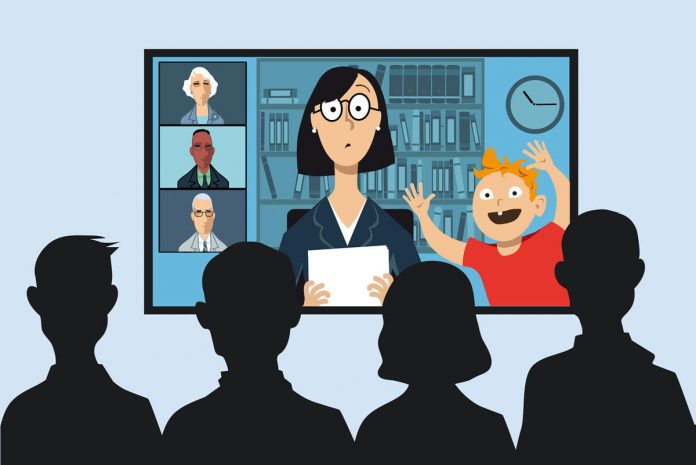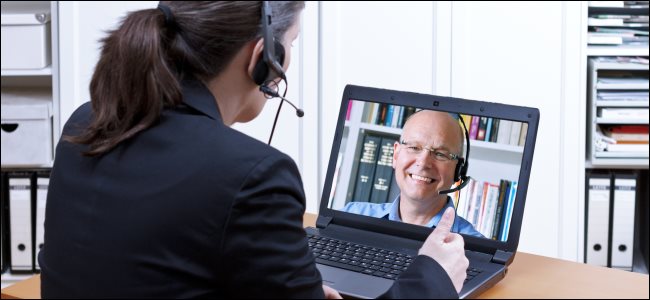
Because of the coronavirus, many are expected to #workfromhome. The only way that this could work is when conference call is enabled. It can be a way for people to connect, while all of them work from the comfort of their own homes. But because this is new technology, many don’t know the correct way to use it, much less the etiquette of it all.
Here are some etiquette of video conferencing:
Test the Tech

Before going on your conference call, you need to make sure that all of the technological aspects of your meeting are set in place. You may think that this is a miniscule aspect of your meeting, but in truth technical difficulties are all too common. To make sure that it doesn’t happen on your video conference, test your equipment before you dial in. You can do this by test-calling your friend before the meeting or even entering the conference call 15 minutes before it happens. Other than that, make sure that you have adequate equipment like a headset with a good microphone and mute button.
Consider your background

Other than your face, the background is one of the things that most of your colleagues or friends will see. Therefore, your background is one of the aspects that need to be taken care of before your conference call. Try to provide a nice, plain background and clean up the things that will be seen by your colleagues. Although it’s clear you can’t control everything in your background, you can still change miniscule aspects to give the impression of a cleaner room.
Look into the camera
Most of the time, we will be looking at the video rather than looking at the camera when on video call. Although it feels right to do, it actually makes it appear as if you’re looking off into space and not paying attention. You may even come across as more aloof and less professional. Instead, we recommend practicing looking into the camera lens, as it is equivalent to looking into the person’s eyes.
Get the right angles

One of the most common errors for people who just started video conferencing is the wrong camera angles. Either it’s the nostrils or looking at the sides of one’s face, you need to fix this error. Make sure that your camera sits at eye level to the lens and your camera shows from your midsection upwards. This angle is ideal, for a camera that is angled too high makes the participants look down on you, while an angle that is too low can result in awkward angles for them to look at.
Be on Time

Being on time is already a standard with any meeting and becomes even more important during a conference call. You may be able to get into a physical meeting late without being noticed, but that is not the case when it comes to video conferencing. Since eye contact is important, the host and participants will lose their focus once you come in. On the other hand, setting up technology will be much easier and less painful if you come in on time.
Mute your microphone when not speaking

You may think that muting your microphone is an unnecessary step since you are not speaking, but it is a crucial aspect during a video call. Although you may think that you are being quiet, subtle background noises like coughs, sneezes or typing is enough to get into the video call and create distractions. For that reason, we recommend muting your microphone even though you are not speaking during the conference call. For most video conferencing software, it’s as simple as a click of a button.
Do you have any other tips when on a conference call? Tell us in the comment section below!





